Out of the frying pan into the fire. American passion for the catamaran fleet
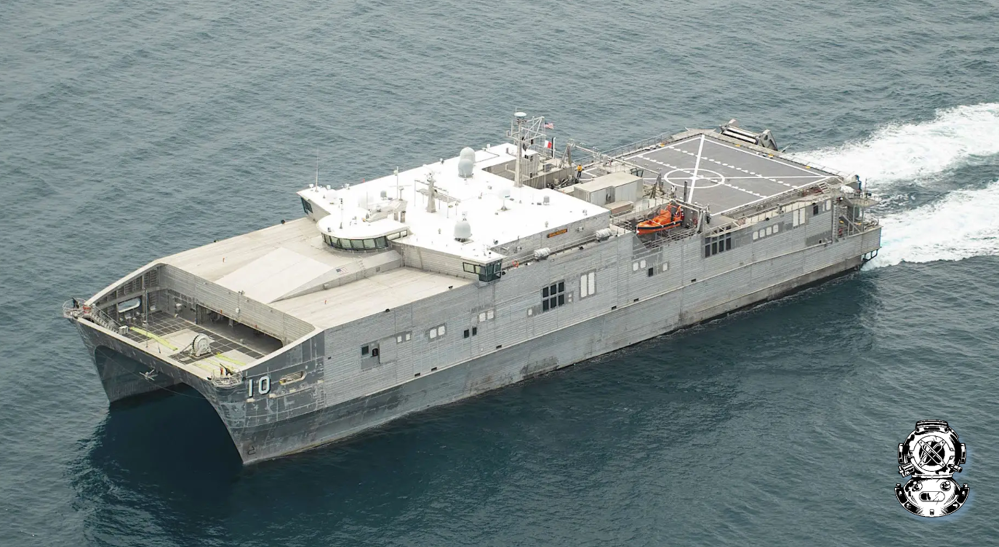
Members of Congress are once again trying to prevent the Navy from transferring half of its fleet Spearhead-class fast transport ships on low alert with only basic crews assigned to them. Although most of the considered courts are quite young. What is the problem?
American admirals attribute their actions to huge logistical obstacles, and hence the financial costs that the pendo fleet will have to face in the event of a war in the Pacific (for a minute, in fact, these fast multi-purpose vessels with shallow draft are ideally suited for).
Against this background, congressmen strongly insist that the Navy command should develop and implement an official concept for the use of these catamaran ships during operations in the Pacific Ocean, which will consolidate their actions at the legislative level. And the American sailors are screaming - nevermind - the decision to reduce the readiness of these boxes should be made only by naval rudders, which gives them the opportunity to "save" budget funds and use them for more "important needs."
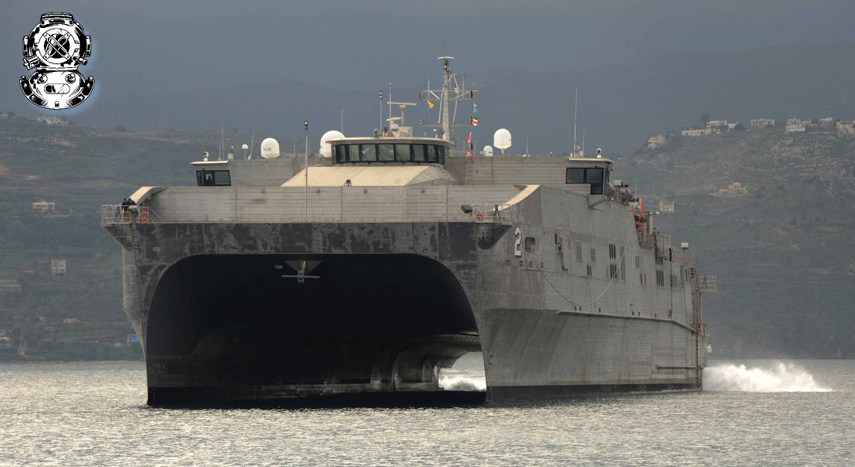
If the House of Representatives manages to get their way and their amendment is included in the final budget for fiscal year 2024 and then signed by President Joe Biden, then the Navy will be prohibited from using any funds to transfer the crews of these ships to the so-called reduced operating status (ROS) .
Naval Command will also be required to develop and implement a strategy and concept of operations for the use of expeditionary fast transport vessels in support of operational plans in the US Indo-Pacific Command area of operations within 180 days of the passage of the law. The chief of naval operations will have 30 days to submit a report to congressional defense committees outlining such a concept.
It must be said that, at least on paper, the US Navy currently has 13 Spearhead-class ships, also known by the acronym EPF. The first of them were put into operation in 2012. The last of these ships, USNS Apalachicola, entered service in February of this year. According to a number of experts, including non-American ones, ships of this class are an effective tool for use in the interests of expeditionary forces: maneuverability, low draft, etc. But ... for some reason, American naval commanders have a different opinion!

It should be noted here that, using its experience in designing commercial high-speed ferries, the US subsidiary of the Australian shipbuilding company Austal designed and built the Spearhead-class ships, which usually have a crew of 42 people. These aluminum hulled vessels of around 2 tons can reach speeds of around 362 knots, with a top speed of around 35 knots, and are designed to be easily "reconfigured" for a specific task. Each of them has a multi-purpose compartment with an area of about 43 square meters, as well as an aft flight deck capable of receiving various types of helicopters, and an aft ramp for loading and unloading vehicles, personnel and cargo.
Considering all this, it may seem strange that the US Navy is now looking to significantly reduce the use of Spearheads, which are currently operated by the military command of sea transportation and crewed by civilian sailors. However, the current plans of the admirals for these ships largely speak of a somewhat confusing stories around them and years of uncertainty about their purpose. Let's try to estimate the scale of these "ritual dances"!
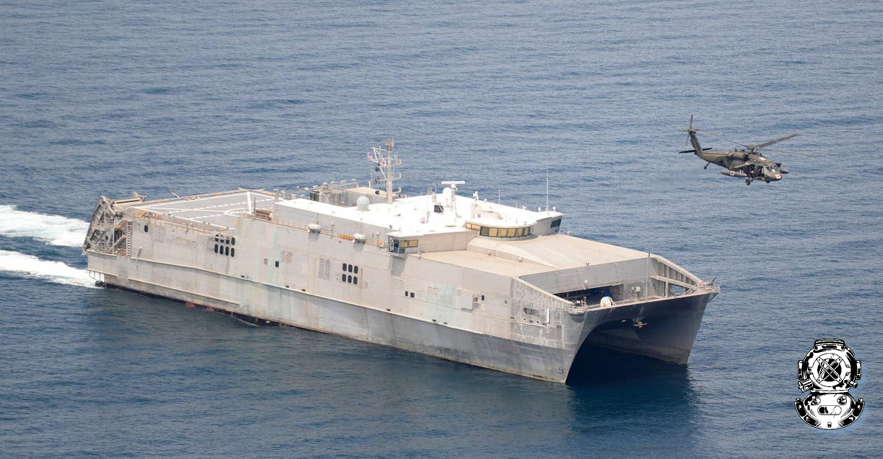
So - officially the task of the Spearhead-class ships is "to ensure high-speed and maneuverable delivery of combat-ready units to small hard-to-reach ports and flexible support for a wide range of operations, including humanitarian assistance, disaster relief, theater security and non-combat evacuation."
Originally known as Joint High Speed Vessels (JHSVs), the Spearhead class was the result of U.S. Army and Marine Corps requirements put out to the industry as early as the early 2000s. Initially, it was expected that some of these vessels would be operated by the army itself as part of its little-known, but in fact quite combat-ready maritime component.
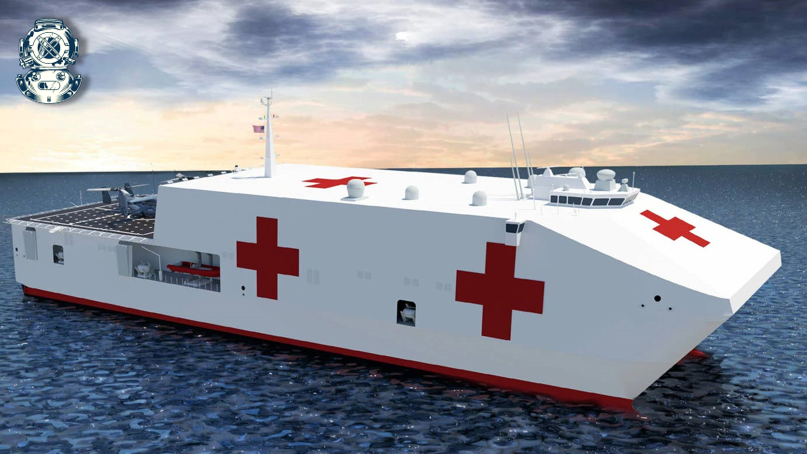
In the 2000s, the Navy also chartered a number of commercial catamaran ferries to explore the potential utility of such vessels in a variety of combat and non-combat environments, largely in support of the JHSV program. In 2012, the Navy also received two Austal-designed civilian ferries from the United States Department of Transportation's Maritime Administration (MARAD). Both of these vessels, called High Speed Transport Ships (HSTs), remain on standby, although one has been on loan to a commercial ferry operator in Canada since 2016.
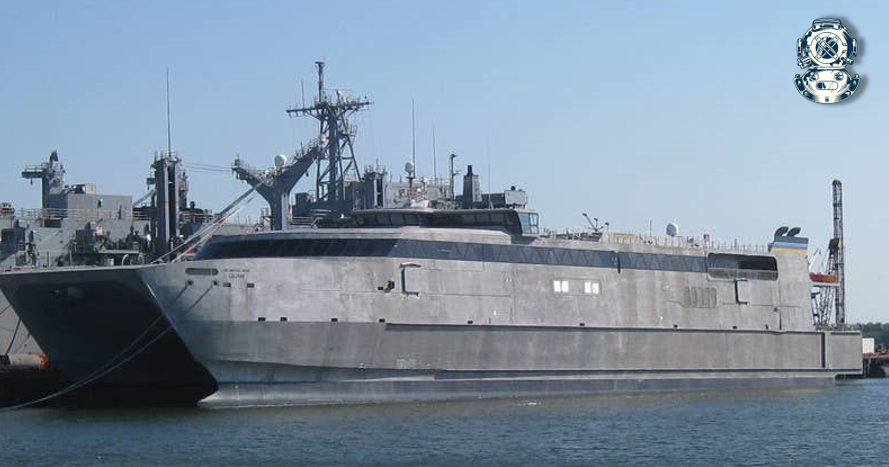
Over the past two decades (or so), the Spearheads and their immediate predecessors have certainly demonstrated the ability to perform a wide range of tasks. For example, their use as a marine "bridgehead" of special operations and marine launch platforms for launching surveillance airships.
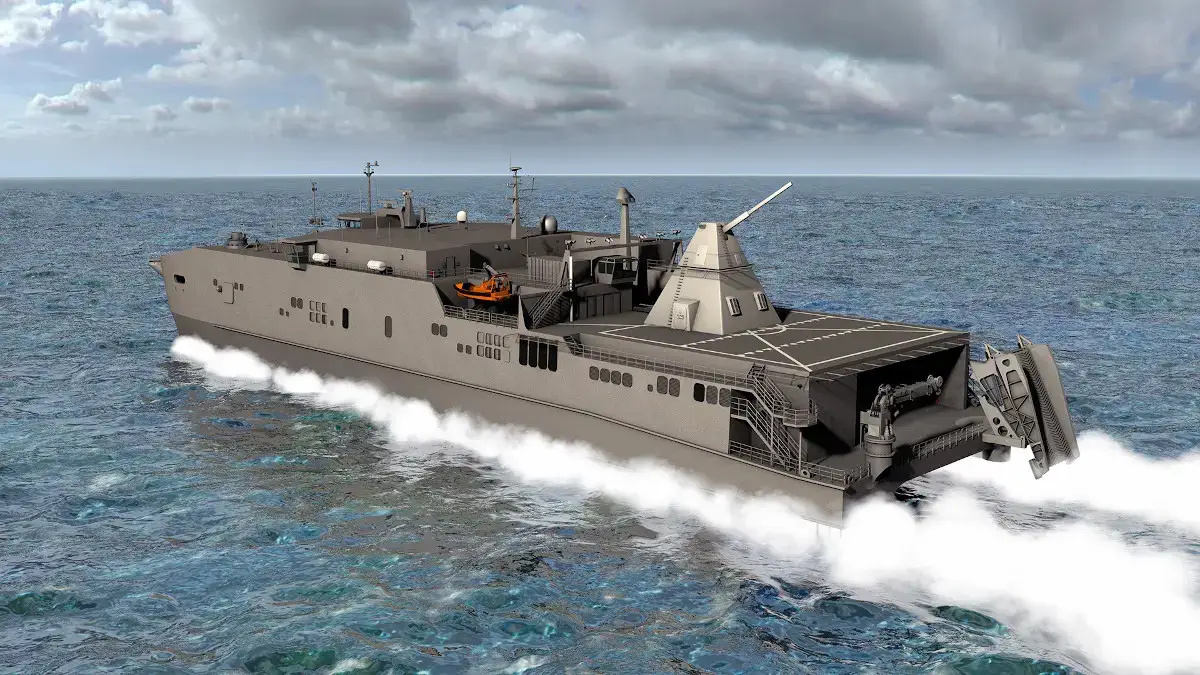
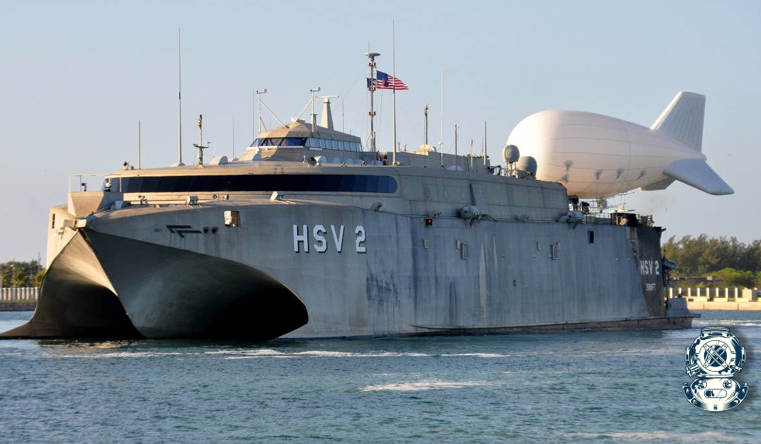
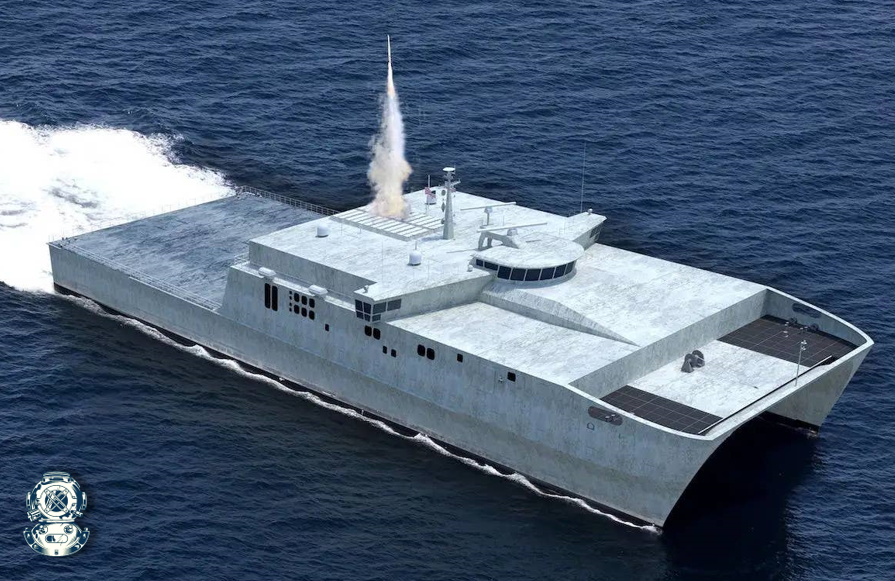
Nevertheless, it remains a confirmed fact - Spearheads are still slightly integrated into the operations of the US Navy and, as a rule, were used simply as vehicles. The use of the USNS Millinocket to support the recent Talisman Saber 23 exercise just to deliver materiel to Australia is representative of how these ships are typically operated by US naval commanders today.
Also a striking example of the apparent disinterest of the current command of the US Navy in the widespread use of these vessels was the recently delivered USNS Apalachicola, equipped with a full range of systems to support landing operations of the crew's choice. But the US Navy is currently in no hurry to use these opportunities. So why anyway?
In addition to logistical and financial difficulties with the operation of ships of this class, back in 2016, the leadership of the Navy drew attention to the potential vulnerability of Spearhead, when one of the catamaran ferries was destroyed by a single anti-ship missile off the coast of Yemen. At that time, the ship was in service with the armed forces of the United Arab Emirates and supported operations against the Yemeni Houthi rebels. What was left of the ship was subsequently towed to the port of Greece, where her hull is still located. But the price of these ships is insanely incommensurable with the cost of an anti-ship missile!
At the same time, even in the broader context of a large-scale conflict, Spearhead-class ships could probably provide volumetric transportation of sea cargo in conditions where the threat of using anti-ship weapons the enemy is small, or under the protection provided by other forces and means? Probably yes, according to the US Congress.
In addition, the ability of Spearhead-class ships to “reconfigure” relatively quickly to perform various tasks gives them additional flexibility. And do not forget - a lot of money from American taxpayers has been invested in the construction of these ships - only the head project cost $ 185,4 million. So why should this armored train be on a siding?
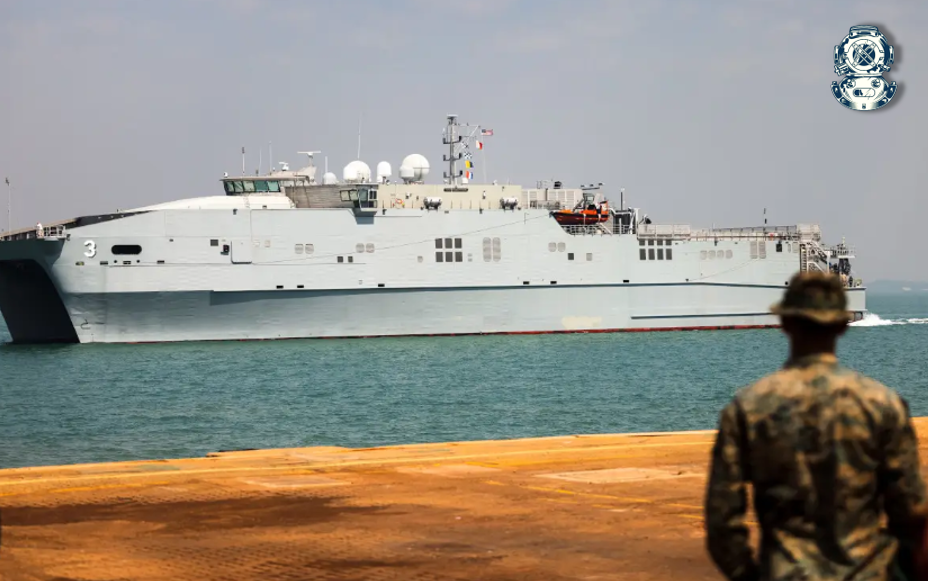
Let's not forget that the Spearhead-class ships have been used more than once to support counternarcotics operations and to transport US military units to participate in various exercises and other regional events in Latin America. Therefore, the ordinary people have a question - what if they will not be useful to the Americans in the Pacific region?
That's what they say in Congress that Spearheads are nothing more than well-adapted tools to meet the many needs of the US military in the Pacific region, both in peacetime and in wartime. The ships are, in fact, relatively young and initially have little demand on their crew members.
Another thing to consider is the fact that the potential savings from putting a significant number of Spearheads on ROS, which the Navy is dreaming of, look insignificant in the context of the overall US defense budget. As early as 2021, the Pentagon put the annual operating cost per ship of this class at about $20,3 million, which is relatively cheap by naval vessel standards. And the Navy says it could free up just under $2024 million in fiscal year 20 by putting five of those ships on low alert. It’s more than strange - isn’t the cunning American admirals going to replenish their pockets?
All this helps to explain why Congressmen in the 2024 budget revision are seeking to legislate and finally force the leadership of the Navy to take a closer look at the future use of this class of ships and vessels in operations in the Pacific region and change their attitude towards the “catamaran fleet”. Whether this language will make it into the final agreed budget, and whether this bill will then be signed into law by President Biden, remains to be seen.
Now let's take a sober look at all this! Spearhead, like any other military equipment, has certain advantages, but at the same time it is not without drawbacks.
Speed, capacity and versatility (meaning work in shallow ports) are its feature. Quickly deploying a company of Marines with vehicles is a worthy option, thanks to which the series finds its application in the Sealift Command.
But ... This is where the outstanding qualities end.
In combat conditions, the value is doubtful, survivability is practically absent. Despite its appearance, like the ships of the coastal zone, the Spearhead is an auxiliary “peacetime warship” that can prove itself during the aftermath of natural disasters, maybe in the fight against drug trafficking or in some kind of “humanitarian missions”. But in amphibious operations or something else - hardly!
But whatever ultimately happens on the legislative front, it could have significant implications for the future of the US Navy's Spearhead-class ships. Let's watch!
Information